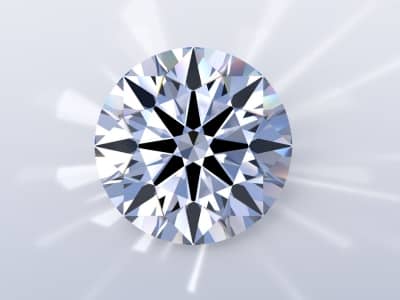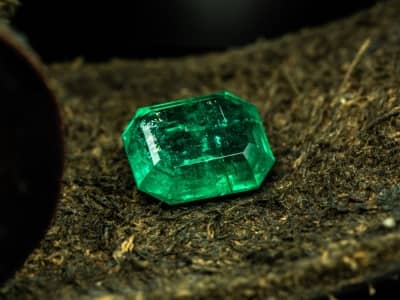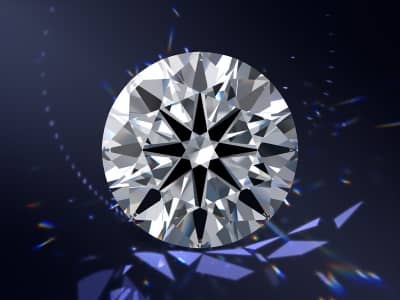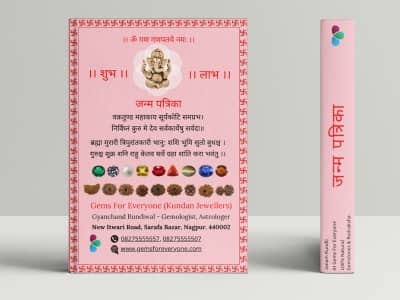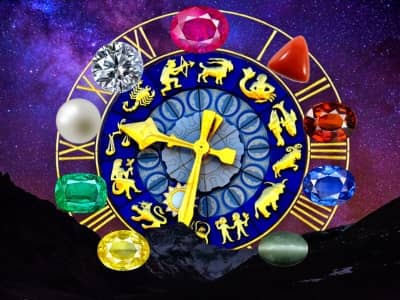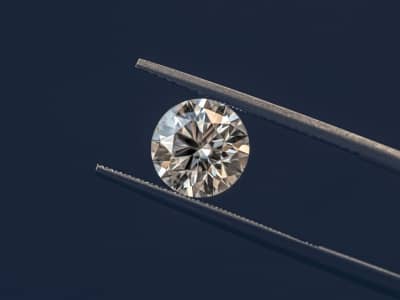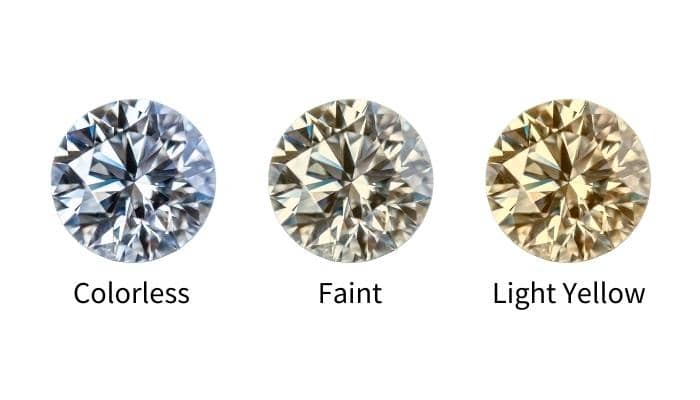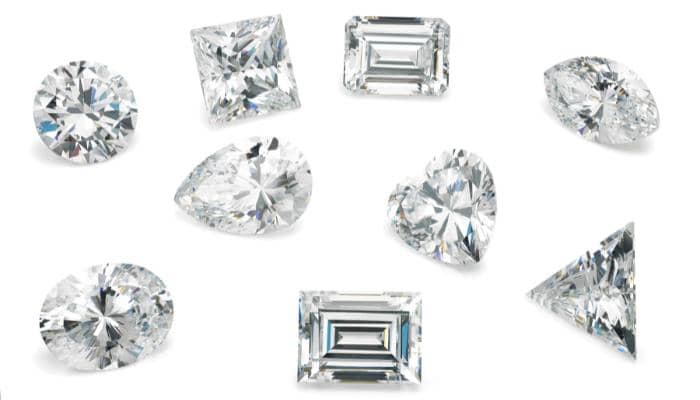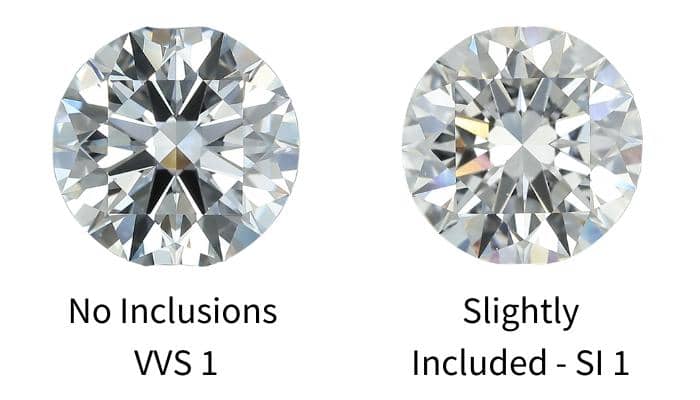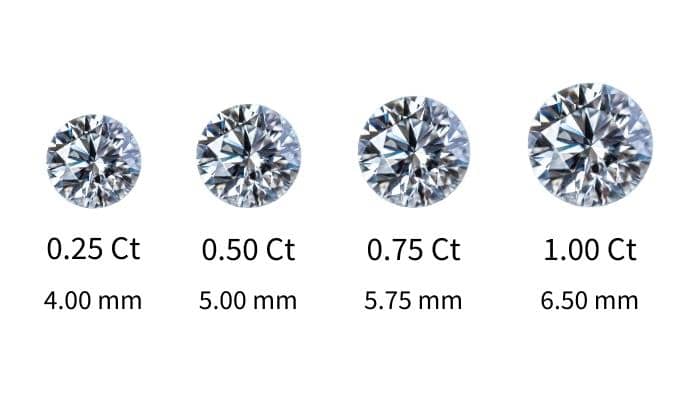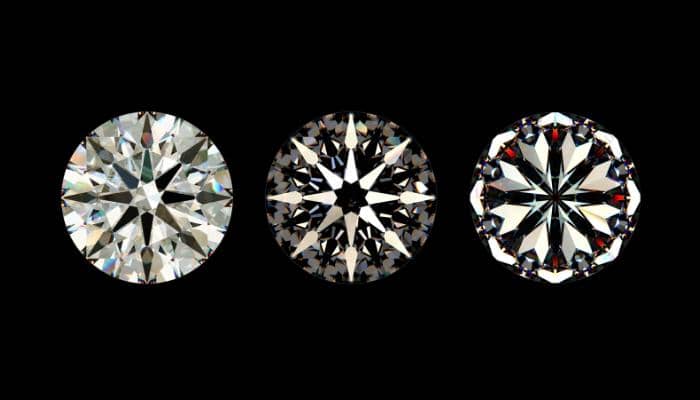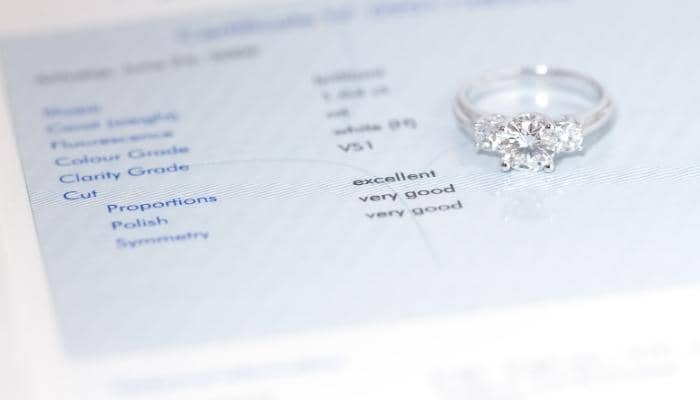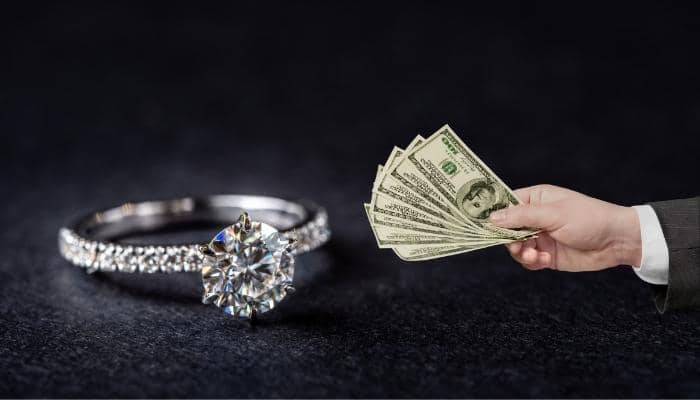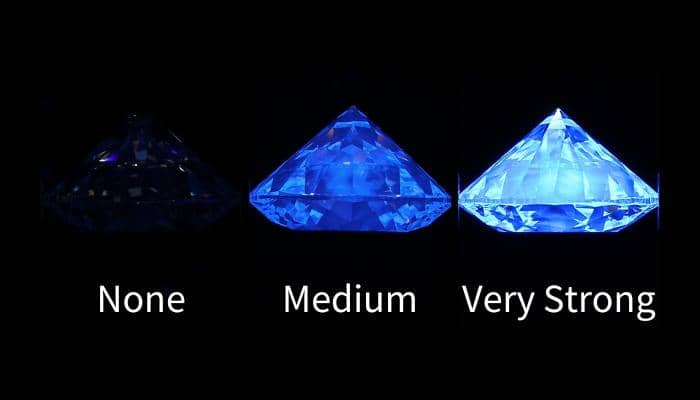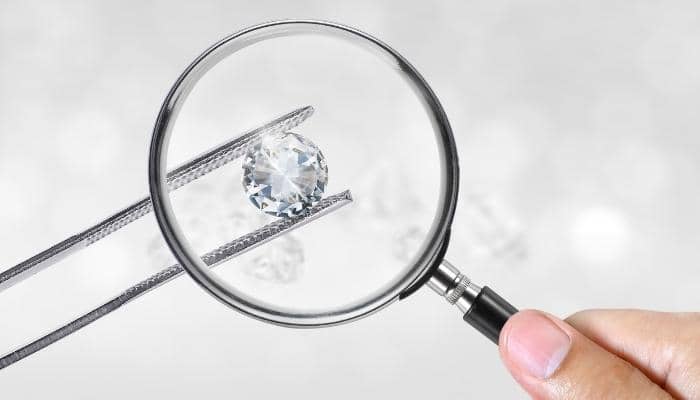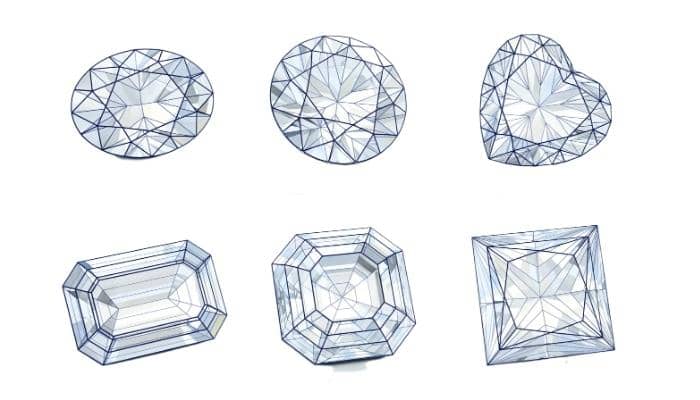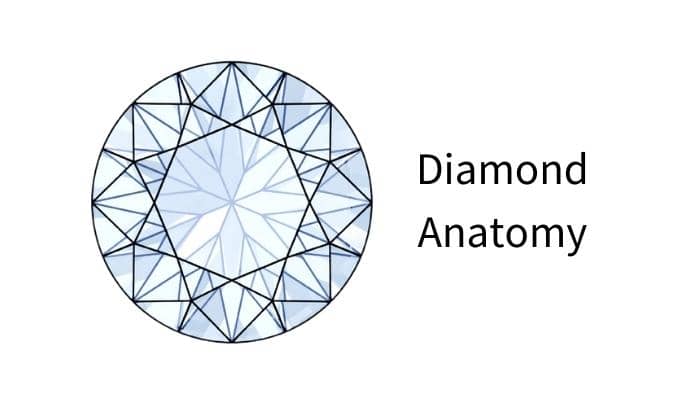Natural Diamonds
Round Shape
Princess Shape
Oval Shape
Heart Shape
Cushion Shape
Emerald Shape
Diamond Education
To find the ideal diamond for your engagement ring, it is important to consider several factors, including the 4Cs of diamond quality. Here, we will guide you through our own 7Cs to assist you in finding the perfect one.
Diamond Color
The color grade of a diamond actually refers to the absence of color, with the highest grade, D, representing the absence of color and therefore being the most desirable. However, even experts may have difficulty distinguishing between certain clarity grades, so if the specific letter on the certificate is not important to you, it may be possible to choose lower grades without sacrificing quality.
Diamond ColorDiamond Shape
Diamonds come in a variety of shapes and sizes, ranging from the popular round brilliant to the more unusual Marquise cut. Whether you prefer a traditional and elegant look or something more eccentric and eye-catching, there is a diamond shape to suit every taste and style.
Diamond ShapeDiamond Clarity
Most diamonds contain small imperfections called “inclusions,” but these are not always visible to the naked eye. The price of a diamond is often influenced by the size and location of these inclusions, so it is important to consider the clarity grade when making a selection. This will help you choose a diamond that meets your specific needs and budget.
Diamond ClarityDiamond Carat
Small packages can sometimes contain beautiful items, but it is important that the contents are substantial. In other words, size is important. However, it is worth noting that the weight of a diamond, measured in carats, is not the same as its size. The appearance of a diamond’s size is also influenced by its shape and cut, so it is important to consider carat weight beyond its commonly assigned value.
Diamond CaratDiamond Cut
The cut of a diamond is much more significant than simply the shape it has been polished into. In fact, the cut is the primary factor that determines a diamond’s brilliance and ability to disperse light. Diamond cutting is a precise art, and understanding how it works is essential for making the best choice.
Diamond CutDiamond Certification
Diamond certificates are documents that confirm a stone’s technical characteristics, value, and identity. It is important to understand the differences between the various grading bodies that issue these certificates, as they may have different standards and practices. This knowledge will help you make informed decisions about the diamonds you are considering.
Diamond CertificationDiamond Cost
There are several factors that influence the price of a diamond. Finding the right balance of these factors will help you find a diamond that fits your budget and meets your specific needs.
Diamond CostFluorescence
Fluorescence refers to the glow that some diamonds emit when exposed to ultraviolet light. This property can affect the appearance and value of a diamond.
FluorescenceDiamond Polish
Diamond polish refers to the smoothness and reflectivity of a diamond’s surface. A well-polished diamond will have a high level of shine and sparkle.
Diamond PolishDiamond Symmetry
Symmetry evaluates the precision and alignment of a diamond’s facets, determining how well they interact with light. A high degree of symmetry enhances the diamond’s brilliance and adds to its visual appeal and value.
Diamond SymmetryDiamond Anatomy
Diamond anatomy refers to the intricate structure and components of a diamond, encompassing its crown, pavilion, girdle, table, facets, and culet, which together contribute to its brilliance, fire, and overall beauty, making each diamond a masterpiece of nature’s craftsmanship.
Diamond Anatomy
